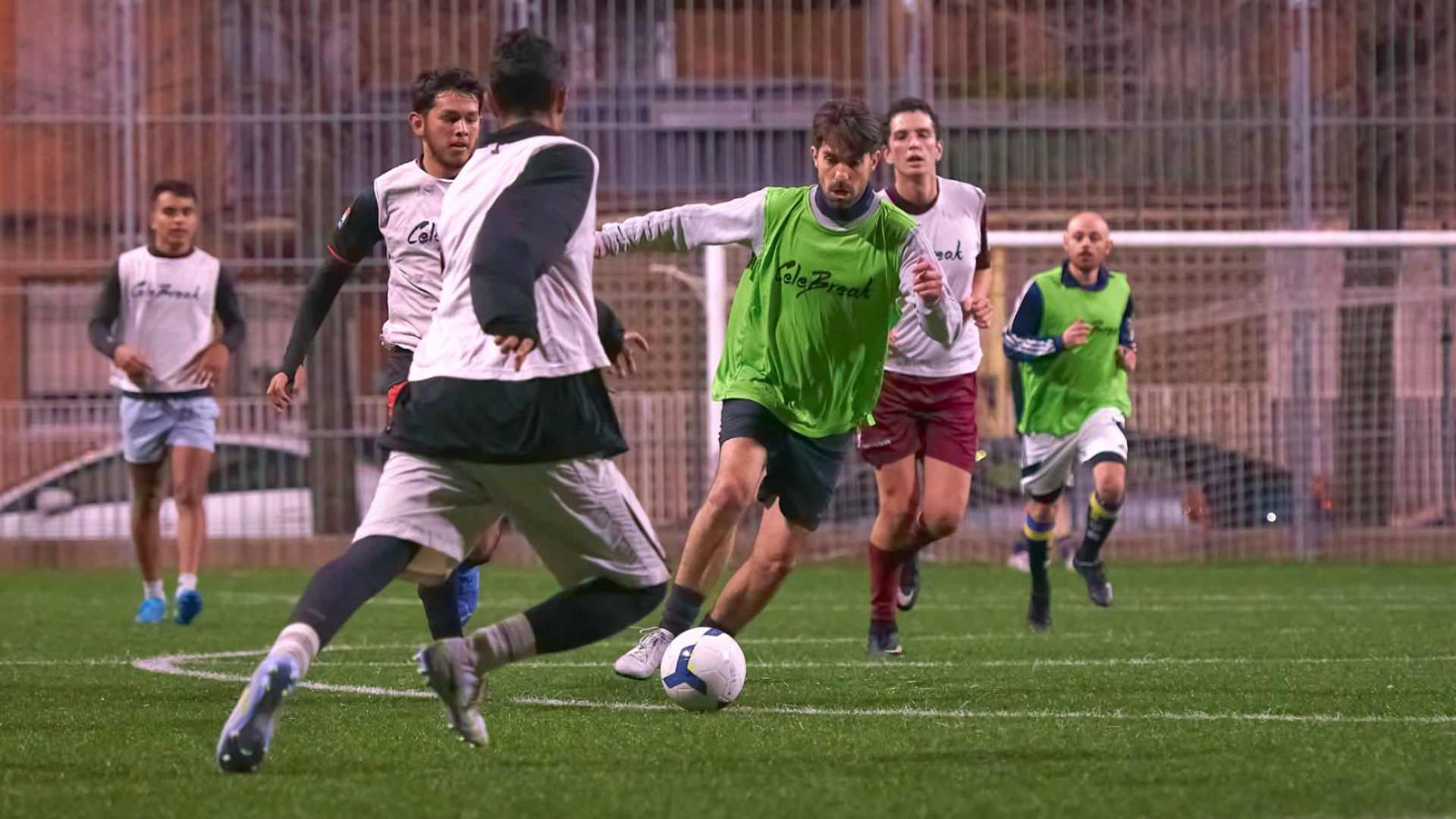The penalty kick represents a unique opportunity to score a goal, a combination of skill, strategy, and psychological pressure that can change the course of a match in a single moment. To ensure that both the shooter and the goalkeeper have a fair chance in this challenging situation, the penalty kick regulation.
If you are a football lover, you know that a penalty kick can be crucial in a match.
Whether turning the game’s tide or deciding the winner in the dying minutes, a penalty kick often brings excellent pressure.
But are you familiar with the penalty regulation that regulates this sanction? Do not worry if you are not; in this article, you will find everything you need to know.
What does the sanction consist of according to the penalty regulation?
To begin with, what is a penalty?
A penalty kick, also known as a penalty kick, represents the maximum penalty awarded when a footballer commits an offense inside his penalty area, as long as the ball is in action.
The penalty consists of a direct free kick taken from the penalty spot, located 11 meters from the center of the goal line.
The goalkeeper must remain on the goal line until the ball is hit, while the shooter must shoot forward.
The game continues as usual if the shot does not directly result in a goal.
The purpose of the penalty kick is to give the team that has been seriously fouled inside the penalty area a clear opportunity to score a goal.
In practical terms, the penalty can drastically change the course of a match and is one of the most tense and exciting situations in football.
Infractions established in the penalty regulation
The most common situations that can result in a penalty are the following:
Fouls inside the area: When a player from the defending team commits a foul on a player from the attacking team inside the goal area.
For example, hitting or attempting to hit an opponent, a tackle from behind, a trip, or a charge without a chance to challenge for the ball, among others.
Intentional handball: If a defending player intentionally touches the ball with his hand or arm inside his penalty area, he will be penalized.
Dangerous play by the goalkeeper: A penalty can be awarded when the goalkeeper commits an offense, such as jumping on an opposing player on the ground or taking too long to put the ball into play with his hands.
Execution of the penalty
Once a penalty has been awarded, what next?
Clear rules also govern the penalty-taking process.
Position of the ball and the players
When collecting the infraction, the sphere is strategically placed at the point designated for the penalty.
The athlete designated to perform the execution must be easily recognizable.
The rest of the players are required to stay at a distance of no less than 9.15 meters from the point designated for the penalty, located behind the ball.
They are not allowed to enter the boundaries of the penalty area until after the ball has been kicked.
goalkeeper position
The goalkeeper must remain on his goal line between the posts until the ball is kicked.
You can move from side to side but can’t move forward until the ball is in play.
Execution of the penalty
The player taking the penalty can take it any way they like, as long as they kick the ball forward and don’t take too long.
Once the ball is in play, the shooter may not play it a second time until touched by another player.
Violations during execution established in the penalty regulations.
If an offense is committed during the taking of the penalty, the referee may order it to be retaken or may award a free kick, depending on who committed the offense and what type it is.
Offenses by the attacking team
If a player from the attacking team infringes the penalty rules and the ball does not enter the goal, the referee will award an indirect free kick to the defending team from where the infringement occurred.
Offenses by the defending team
If a player from the defending team violates the penalty rules and the ball enters the goal, the goal will be valid.
The penalty will be retaken if the ball does not enter the goal.
The unforeseen in the penalty regulation
Now that you have understood the basic rules of the penalty kick regulation, it is vital to know some unforeseen situations that are also part of the rules that can arise during the execution of the penalty kick.
If an external interruption occurs during the execution of the penalty, the referee may stop the game.
This could include, for example, a trespasser in the field.
The penalty is retaken if the ball had not entered the goal during the interruption.
If the ball has entered the goal, the goal is awarded.
Penalty Regulation: Penalty Shootout
A special mention deserves the penalty shootout rules, which decide the result of a game that ends in a draw after regulation time and extra time.
Selection of players
For a penalty shootout, each team selects five players, which can be any of the players on the field at the end of playing time, including the goalkeeper.
Order of penalties
The teams take penalties alternately, and the first team is decided by draw.
If, after five penalties, the result is still a draw, the shootout continues in a “sudden death” format until one team misses and the other scores.
Frequent questions
What happens if the goalkeeper steps over his goal line before the penalty is taken?
If the goalkeeper moves past his goal line before the penalty is taken, the referee may order the sentence to be retaken. Sometimes, the goalkeeper may also receive a yellow card for this offense.
Can a player stop briefly during the race to take the penalty?
It depends on the referee’s interpretation. Under current FIFA rules, the player can pause his run without stopping entirely or making deceptive moves while taking the penalty.
Can a goalkeeper receive a yellow or red card during the execution of a penalty?
Yes, a goalkeeper can receive a yellow or red card when taking a penalty if they break the rules, such as moving forward of the goal line before the ball is kicked.
Can a goalkeeper take a penalty?
Yes, no rule prevents a goalkeeper from taking a penalty. Some goalkeepers have been recognized for their goal-scoring ability by taking this foul.
Conclusion: The importance of the penalty regulation
Penalties are exciting moments in any match, and understanding how they are governed can increase your appreciation of the game.
Like all football rules, the penalty regulation aims to ensure a fair and exciting game.
With CeleBreak, you can play soccer whenever and wherever you want
During the day CeleBreak organizes friendly matches in different places in your city.
You can choose your preferred modality, women’s or men’s football or the fun mixed football.
Choose to play on courts with natural or artificial grass or in closed gyms and go individually or with your friends or co-workers.
With CeleBreak, everyone plays, regardless of age, gender, level of play, or language.
You just need to download the app, register and play.
The CeleBreak App is available for iOS and Android operating systems.



